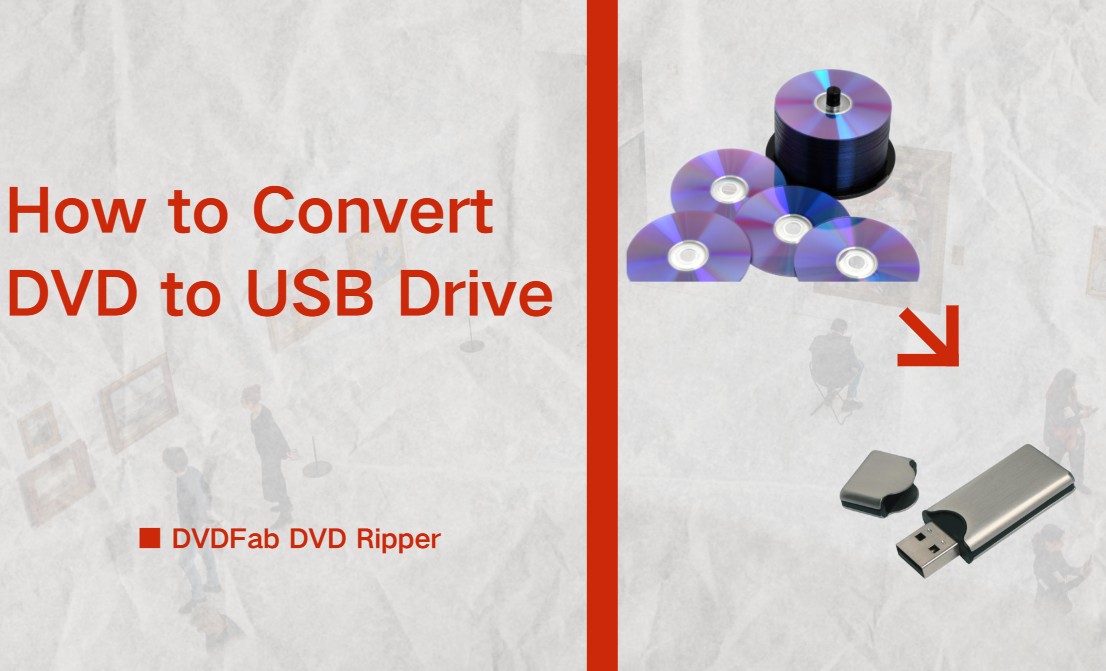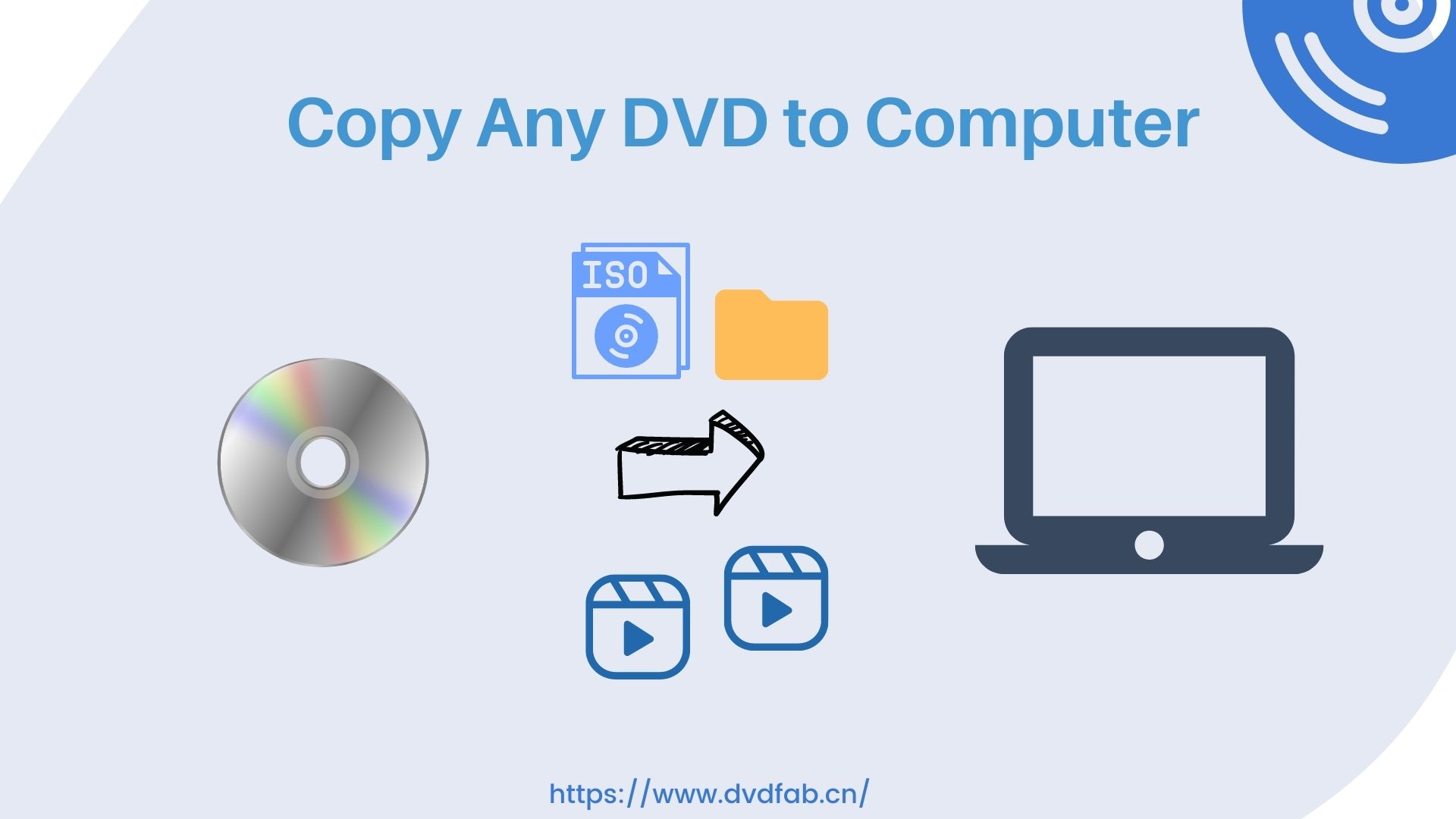Bitmap to Text:Solving Disc Subs Issues via DVDFab Custom OCR Solution
Table of Contents
Introduction
In digital video, subtitles are more than supplementary—they are essential for audiences engaging with foreign content, enabling both comprehension and cultural insight. Today, as high-resolution discs like Blu-ray and UHD gain prominence, the handling of subtitles grows ever more important. The challenge: most disc-based subtitles use graphical bitmap formats (PGS on Blu-ray, VobSub on DVD). While this preserves visual fidelity, it creates obstacles for compatibility and post-editing, since these formats lack underlying text data. For users, this means difficulty in translating, searching, or transferring subtitles across platforms. OCR (Optical Character Recognition) is commonly applied but suffers significant drawbacks: accuracy is limited for complex scripts (such as Japanese or Korean), and image noise or artifacting further reduce reliability. Misrecognitions, missing glyphs, and awkward phrasing frequently — forcing users into labor-intensive manual corrections. Critically, typical OCR solutions focus on “surface recognition,” not true linguistic or contextual coherence.
To address these pain points, DVDFab has introduced a new approach: innovating on the basis of the existing OCR engine technology and conducting specific retraining for optical discs to better handle stylized text and unique situations in disc subtitles. This innovation has significantly improved recognition accuracy and usability, reducing the substantial manual work previously required. This article systematically analyzes these challenges, covering the technical background, solution design, workflow, performance, and the impact on the future of disc subtitle extraction.
Technical Background and Challenges
Complexity of graphic subtitles
Optical disc subtitles, especially those found on DVDs and Blu-ray/UHD media, primarily use image-based formats—VobSub for DVDs and PGS for Blu-ray/UHD. These formats encode each subtitle line as a bitmap image, not as text data. While this ensures visual quality and strict adherence to the original movie’s look, it also introduces significant technical hurdles when users wish to edit, translate, or repurpose subtitles outside their native playback environment .
- The complexity of image-based subtitles stems from several factors:Compression and Noise: Bitmap subtitles are often compressed, resulting in blurred edges or noise artifacts that can interfere with accurate character recognition.
- Font Variety: Discs may use a range of fonts and styles, further complicating the extraction process.
- Lack of Text Layer: Since these are pure images without embedded text, any conversion to a text-based format must rely on robust OCR.
Bottlenecks of traditional OCR technology
Traditional OCR technology was originally designed for digitizing printed documents with uniform fonts and clear backgrounds. Applying OCR directly to disc subtitles surfaces multiple limitations:
- Limited Support for Complex Scripts: Languages like Japanese and Korean contain many intricate, visually similar characters that generic OCR engines frequently confuse.
- Low Tolerance for Degraded Images: OCR accuracy drops sharply when faced with distorted fonts, blurred outlines, or noisy backgrounds—common in disc-sourced subtitle bitmaps.
- Absence of Contextual Understanding: Standard OCR tools work at the character or line level, lacking semantic awareness of language structure or idiomatic phrasing.
Due to these constraints, even successful character extraction using OCR often results in error-prone, fragmented subtitle text. Users are then burdened with significant manual effort to review and correct output on a line-by-line basis, making large-scale or long-duration films particularly cumbersome to process.
User pain points and market demands
From the user perspective, three key painpoints stand out:Inaccurate Recognition:
- Resulting in misspellings, gibberish, or missing dialogue in the converted subtitles.
- High Manual Correction Burden: Substantial time and effort are required to bring OCR output up to usable standards, especially for full-length films.
- Device Compatibility Limitations: Without standardized text subtitle files (like SRT), subtitles cannot be efficiently used across modern players, mobile devices, or editing tools .
Given these intersecting challenges, the market is in clear need of a method that can produce accurate, low-error-rate subtitle files automatically—preserving both quality and usability.
DVDFab’s Custom OCR Solution
Recognizing the unique technical demands of optical disc subtitles, the DVDFab team conducted an in-depth analysis of real-world subtitle samples and identified core limitations of conventional OCR. Mainstream solutions, typically optimized for document or natural scene text, struggle with the specific challenges presented by disc subtitle imagery—such as compressed frames, non-standard fonts, noisy backgrounds, and complex languages. To address these, DVDFab adapted the open-source OCR engine by retraining it on disc-specific data, optimizing for higher accuracy and robustness in this context .
Key Optimization Strategies
- Enhanced Edge Detection: DVDFab’s workflow augments edge contrast in subtitle images, making it easier to separate characters from backgrounds even in low-resolution or artifact-prone frames.
- Complex Character Modeling: By expanding the training character set—particularly for Japanese kana, logographic Chinese, and composite fonts—the system achieves resilience across a wide variety of scripts used in commercial discs.
- Noise and Shadow Suppression: Advanced pre-processing eliminates compression noise and suppresses subtitle outlines, further refining the clarity of characters for more accurate recognition.
- Subtitle-Context Tuning: Beyond single-character recognition, DVDFab’s modifications integrate time-sequence data and context consistency from the subtitle stream, reducing misclassification across frames.
Combining High Accuracy with Reduced Manual Labor
The underlying goal is not merely improved recognition rates, but also substantial reduction in post-processing and manual correction. By incorporating subtitle-specific constraints during model development, DVDFab’s workflow outputs clean, coherent subtitle text with proper formatting and continuity. This means that end users need only a minimal final review before deploying the subtitles across devices or editing platforms.
This solution marks a significant step past "one-size-fits-all" OCR, directly confronting the limitations of generic approaches. The result is a system that is highly suitable for the complexity of CD subtitle extraction, especially for the Japanese language and the mixed text environments commonly found in international publishing.
System Implementation Workflow
DVDFab’s adaptation of OCR employs a structured, multi-stage workflow to maximize the accuracy and usability of extracted subtitles. This process advances stepwise from raw disc assets to clean, ready-to-use text files, each stage designed to address the particular challenges posed by image-based subtitle formats.
Input Preprocessing
Before entering the recognition stage, it is necessary to optimize the source image of the optical disc to make the text area clear while ensuring consistency with the Model Training state:
- Image Normalization: Disc-sourced frames are scaled to the model’s expected input size and converted to grayscale. Binarization is applied in relevant cases to sharpen character outlines.
- Noise and Background Suppression: Techniques such as filtering out background patterns and reducing blur help isolate characters from any distracting disc-specific artifacts.
- Contrast and Sharpness Enhancement: Methods to increase the distinction between text and background ensure that even subtle scripts are recognized.
- Consistent Sizing and Format Standardization: Uniform pre-processing ensures that inputs from various disc sources (DVD, Blu-ray, UHD) are handled consistently.
Text Region Detection
With images prepped, the system identifies and crops out actual subtitle regions:
- Text Area Localization: Detection algorithms pinpoint the specific regions in each frame containing subtitle text, disregarding extraneous visuals.
- Region Cropping and Labeling: Detected text boxes are extracted for focused OCR analysis, facilitating faster and more accurate recognition later on.
- Support for Multiple Layouts: The model supports horizontal, vertical, bordered, and bubble-based text, covering the spectrum of subtitle presentation styles found on commercial discs.
Feature Extraction
The isolated text images are then passed through the recognition engine for feature extraction:
- Visual Feature Modeling: Vision Transformer (ViT) and related architectures are used to encode text areas into high-dimensional feature spaces.
- Serialized Feature Vectors: The extracted information is mapped into a serial format for sequential modeling.
- Multilingual Character Handling: The system accommodates Chinese, Japanese, English, and mixed-script subtitles, crucial for multilingual disc content.
Text Recognition
The core OCR stage translates extracted features into actual subtitle text:
- End-to-End Neural Recognition: Transformer-based encoder-decoder models sequence character output from processed features.
- Custom Character Sets: Each language or subtitle tradition is supported by tailored recognition dictionaries.
- Seamless Integration: Outputs connect directly to other DVDFab modules for subsequent translation, editing, or disc archival.
Decoding and Output
Recognized character sequences are post-processed to produce human-readable subtitle files:
- Beam Search Decoding: Ensures the most likely and contextually coherent subtitle sequences are chosen.
- Multilingual Output Support: Subtitles—regardless of the original language—are (SRT) or stored for further processing.
Post-processing and Correction
Finally, the system applies domain-specific error correction:
- Language Model Correction: Statistical and rules-based checks correct common OCR misreads.
- Contextual Adjustments: Subtitle timing and frame sequence context are applied to further reduce recognition errors.
- Format Tuning: Subtitles are checked for proper splitting, alignment, and compatibility with mainstream playback or editing tools.
This pipeline ensures that difficult cases—such as low-resolution, stylistically complex, or multilingual discs—can be managed efficiently, keeping manual intervention to a minimum and maximizing cross-device subtitle usability.
Performance Evaluation and Case Studies
DVDFab’s disc-focused OCR solution has undergone extensive evaluation across varied test conditions, highlighting both quantitative improvements and practical user benefits compared to traditional methods.
Recognition Accuracy
In empirical tests using subtitle samples from both English-dominant and East Asian language discs, the retrained mangaOCR pipeline demonstrates a 15–20% increase in overall accuracy relative to standard OCR tools like Tesseract, especially in mixed-language or visually complex subtitle environments. For languages such as Japanese and Chinese, where character similarity and contextual nuance often confound generic algorithms, error rate reduction is particularly significant.
Error Rate Reduction
Legacy OCR solutions often exhibit substantial error rates—up to 30% or higher in films with dense visual effects, stylized fonts, or heavy compression artifacts. In contrast, DVDFab’s approach consistently contains recognition errors to below 10% in comparable conditions. This improvement is most evident in subtitle streams featuring special effects, colored outlines, or elaborate multi-font layouts.
Manual Correction Workload
A major pain point in extracting subtitles from optical discs is the time required for manual correction. According to data from community benchmarks (such as the AVS Forum), in traditional OCR-assisted workflows, the time for comprehensive proofreading and correction typically accounts for 25% to 50% of the actual movie duration. After adopting the DVDFab process, this time is significantly reduced—taking a two-hour movie as an example, the average correction time is reduced from several hours to less than one hour, and the user's workload is reduced by more than 50%.
Summary and Outlook
The limitations of traditional OCR technology in optical disc subtitle recognition have long troubled users and the industry. DVDFab has successfully developed a subtitle recognition and output solution with high accuracy and low manual dependency. This solution has demonstrated significant advantages in both performance testing and practical applications, not only greatly improving the accuracy and naturalness of subtitle generation but also effectively reducing users' operational costs.
More importantly, this solution points out the future direction for subtitle processing technology: from simple image recognition to semantic-driven intelligent subtitle generation. With the continuous expansion of multilingual and MultiModal Machine Learning recognition capabilities, DVDFab's technology will provide a more comprehensive audio-visual experience for global users and bring new possibilities for the development of the entire industry.
Was this post helpful to you?
Join the discussion and share your voice here



